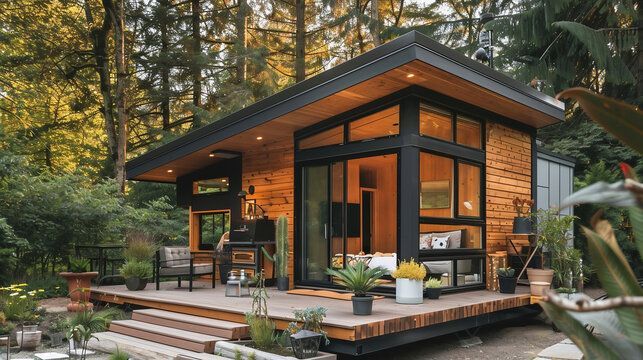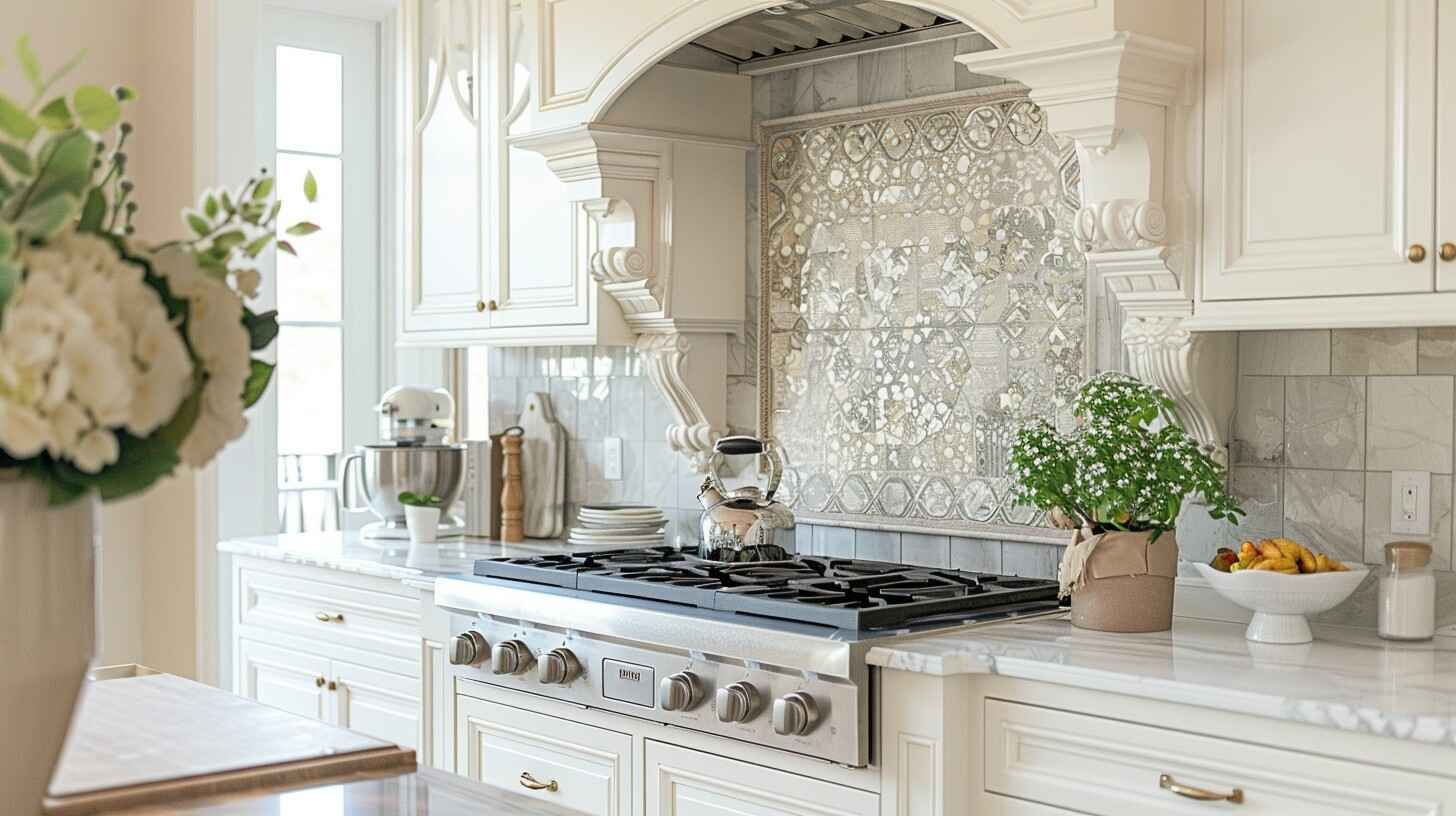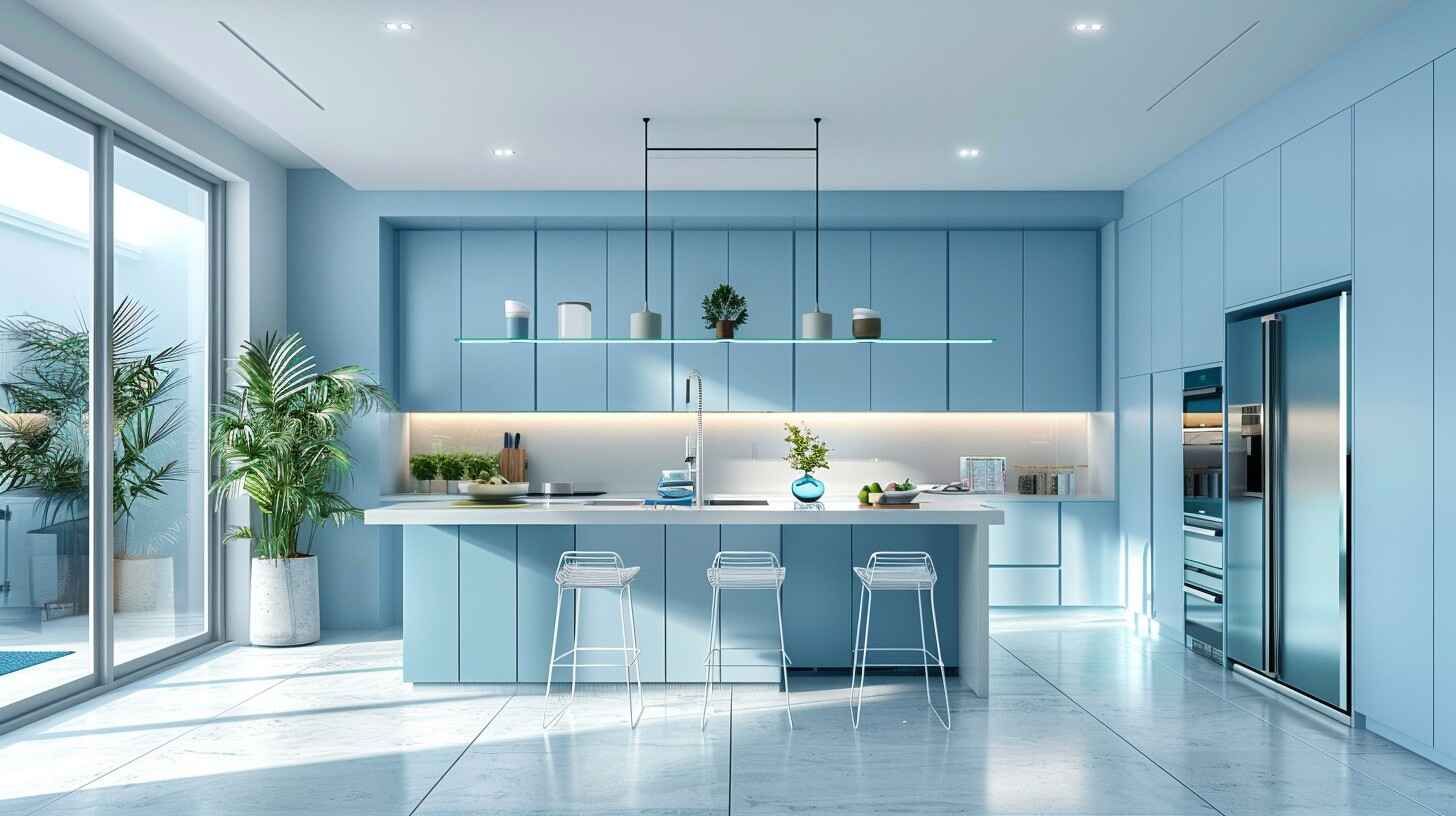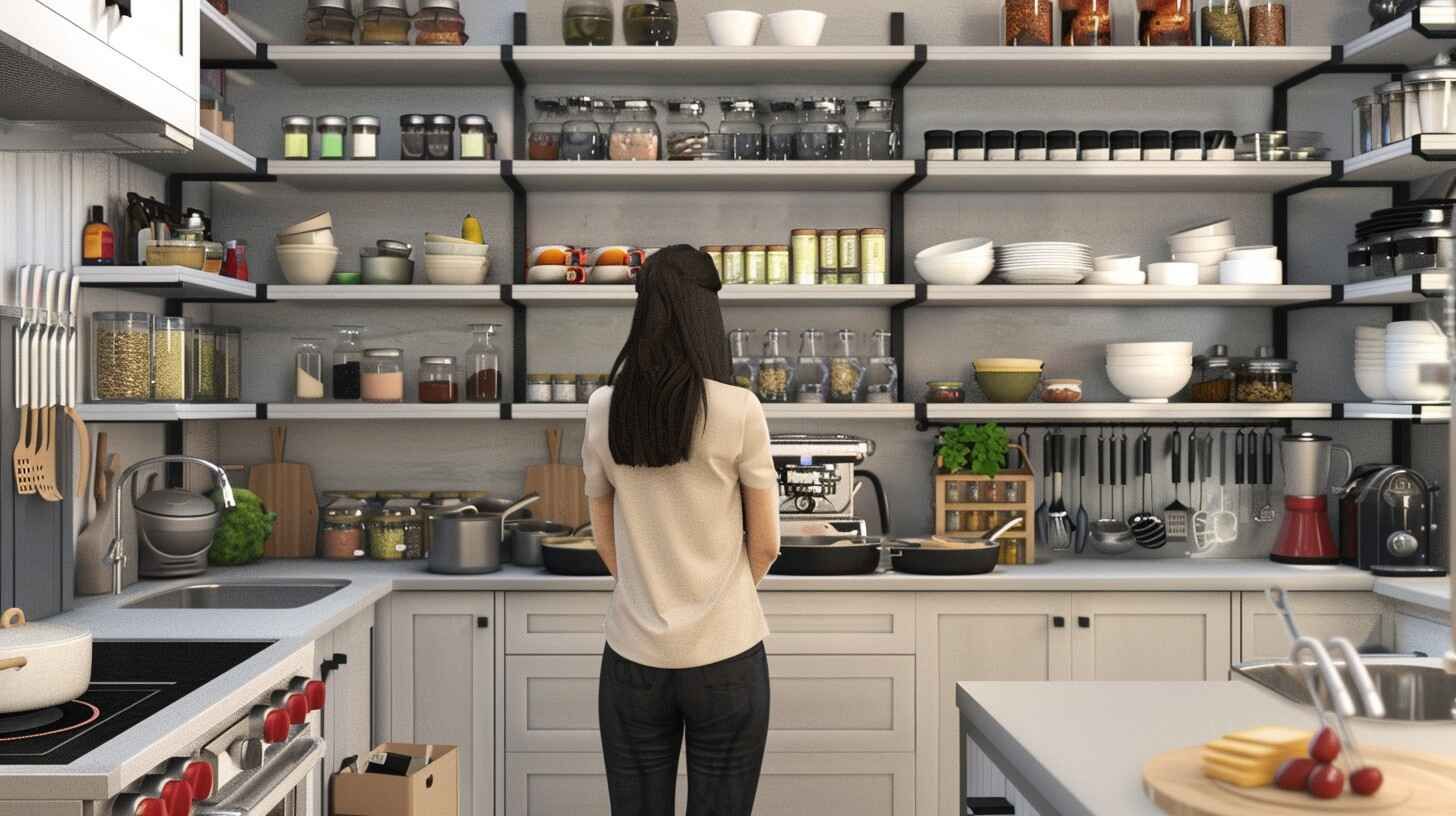Transform Your Property: The Ultimate Guide to Building an ADU in California
Are you thinking about adding an Accessory Dwelling Unit (ADU) to your property in Southern California? With the rise in housing needs and the desire for flexible living spaces, ADUs have become an increasingly popular solution.
At Builder's Innovation Group in Murrieta, CA, we’re passionate about helping homeowners transform their properties with thoughtfully designed ADUs. Whether you're looking to generate rental income, accommodate family, or simply increase your property value, this guide covers everything you need to know to make your ADU dream a reality.

Understanding Accessory Dwelling Units (ADUs)
What is an ADU?
An Accessory Dwelling Unit, or ADU, is a secondary housing unit on a residential property. It can be attached to your primary home or stand alone as a separate structure. ADUs offer a variety of uses, from providing extra living space for family members to generating rental income. They are self-contained units with their own entrances, living areas, and amenities, offering privacy and convenience.
Types of ADUs in Southern California
ADUs come in several forms, each with unique advantages:
- Detached ADUs: Standalone units separate from the main house, offering maximum privacy.
- Attached ADUs: Connected to the primary residence, allowing easy access between the two living spaces.
- Junior ADUs (JADUs): Smaller units (less than 500 square feet) created within existing structures like garages or basements.
- Garage Conversions: Transforming your existing garage into a functional living space.
- Backyard Cottages: Cozy, standalone structures built in your backyard, perfect for a secluded retreat.
Benefits of Building an ADU
Generating Rental Income
One of the most compelling reasons to build an ADU is the potential to earn rental income. ADUs are highly attractive to renters seeking privacy and comfort compared to traditional apartment living, often featuring private entrances and outdoor spaces.
Increasing Property Value
Adding an ADU to your property can significantly boost its market value. In Southern California's competitive real estate market, an ADU can set your property apart, making it a smart financial investment.
Flexible Living Arrangements
ADUs offer versatile living solutions, whether you're looking to accommodate aging parents, provide a space for adult children, or create a guest house. They allow families to stay close while maintaining independence.
Promoting Sustainable Living
ADUs maximize the use of existing land and resources, promoting sustainable living by minimizing the need for new construction. Many homeowners opt for eco-friendly designs and energy-efficient materials, reducing their environmental footprint.
Legalities and Regulations for ADU Construction in Southern California
Zoning Laws and Building Codes
Navigating the legal landscape is a critical step in ADU construction. Southern California has specific zoning laws and building codes that regulate ADUs, including size limitations, height restrictions, and setback requirements. The California Department of Housing and Community Development provides guidelines to ensure your ADU meets all state standards.
Eligibility Criteria for Building an ADU
Almost any residential property in Southern California can accommodate an ADU, but it's essential to check with your local planning department to confirm specific eligibility criteria. Factors like lot size, zoning restrictions, and available space will determine what type of ADU you can build.
Permitting Process and Required Documents
Securing the right permits is vital for a smooth construction process. Typical documents needed include building plans, permit applications, and declarations specific to ADU construction. Working with experienced professionals like Builder's Innovation Group can help streamline this process, ensuring all requirements are met and avoiding costly delays.
Steps to Successfully Construct an ADU in Southern California
Selecting the Right Professionals for Your Project
Choosing the right team is crucial to the success of your ADU project. At Builder's Innovation Group, we specialize in ADU construction, bringing extensive experience and a deep understanding of local regulations. From architects to contractors, we ensure that your project is handled by experts every step of the way.
Site Preparation and Foundation Work
Proper site preparation sets the foundation for your ADU’s success. This phase involves clearing the site, grading the land, and laying the foundation while installing essential utilities like plumbing and electrical connections. A well-prepared site ensures that your ADU is durable, efficient, and ready for construction.
Constructing the ADU: From Framing to Finish
Building your ADU involves framing the structure, installing doors and windows, and completing the interior with drywall, flooring, and fixtures. We focus on high-quality craftsmanship and attention to detail, ensuring your ADU is both functional and beautiful from the inside out.
Ensuring Proper Insulation and Utility Planning
Proper insulation is key to maintaining a comfortable living environment in your ADU. We use high-quality materials to ensure your unit is energy-efficient, helping you save on utility bills. Planning for utilities early in the process ensures that your ADU meets all safety standards and is fully functional from day one.
Cost Considerations for ADU Construction
Breakdown of Construction Costs
Building an ADU involves various costs, including permits, materials, labor, and design fees. At Builder's Innovation Group, we provide transparent cost estimates and work with you to create a budget that meets your needs without compromising quality.
Estimating Total Project Costs
The cost of building an ADU can vary widely depending on size, design complexity, and finishes. In Southern California, you can expect construction costs to range from $300 to $400 per square foot. We recommend budgeting an additional 5-15% for unforeseen expenses to keep your project on track.
Financing Options to Make ADU Construction More Affordable
Financing your ADU project can be manageable with the right options. Home equity loans, lines of credit, and government programs are available to help fund your build. Rental income from your ADU can also help offset construction costs over time.
Common Mistakes to Avoid When Building an ADU
Skipping Proper Permits and Compliance
Avoid the temptation to cut corners by skipping permits or hiring unlicensed contractors. Doing so can lead to legal issues, fines, and potential safety hazards. Always ensure your ADU complies with all local regulations.
Choosing the Wrong Location or Design
Selecting the wrong site or layout can complicate your build and reduce the functionality of your ADU. Work closely with professionals who understand the nuances of ADU design to create a space that meets your specific needs.
Underestimating Time and Financial Commitment
Building an ADU is a significant investment of time and money. Proper planning and realistic expectations are crucial to keeping your project on schedule and within budget.
Tips for Successful ADU Construction
1. Creating a Functional Layout
A well-designed layout maximizes your ADU’s livable space. We focus on creating efficient floor plans that cater to the needs of future occupants, ensuring every square foot is put to good use.
2. Choosing Quality Materials Within Your Budget
Investing in quality materials is key to the longevity and comfort of your ADU. We help you find the right balance between durability and cost, selecting options that provide value without sacrificing quality.
3. Planning for Utility Connections and Efficiency
Early planning for utilities ensures your ADU is ready for use from the moment construction is complete. We incorporate energy-efficient solutions, such as proper insulation and solar options, to enhance the sustainability of your unit.
Selecting the Right ADU Contractor
Importance of Hiring Experienced ADU Specialists
Not all contractors are created equal, especially when it comes to ADU construction. Choosing a contractor with specific ADU experience, like Builder's Innovation Group, ensures that your project benefits from expert knowledge and a proven track record.
Questions to Ask Potential Contractors
Before hiring a contractor, ask about their experience with ADUs, their portfolio of completed projects, and references from previous clients. This will give you confidence in their ability to deliver a high-quality build.
Reviewing Portfolios and Checking References
Take the time to review your contractor’s portfolio and speak with past clients. This due diligence helps ensure that you’re working with a reliable professional committed to building an ADU that meets your vision.
Make Your ADU Dream a Reality with Builder's Innovation Group
Building an ADU is more than just adding space—it’s about enhancing your property, accommodating loved ones, and making a smart financial investment. At Builder's Innovation Group, we’re here to guide you through every step of the process, from planning and permits to construction and finishing touches. Ready to start your ADU journey? Contact
Builder's Innovation Group in Murrieta, CA, today, and let’s bring your vision to life!



